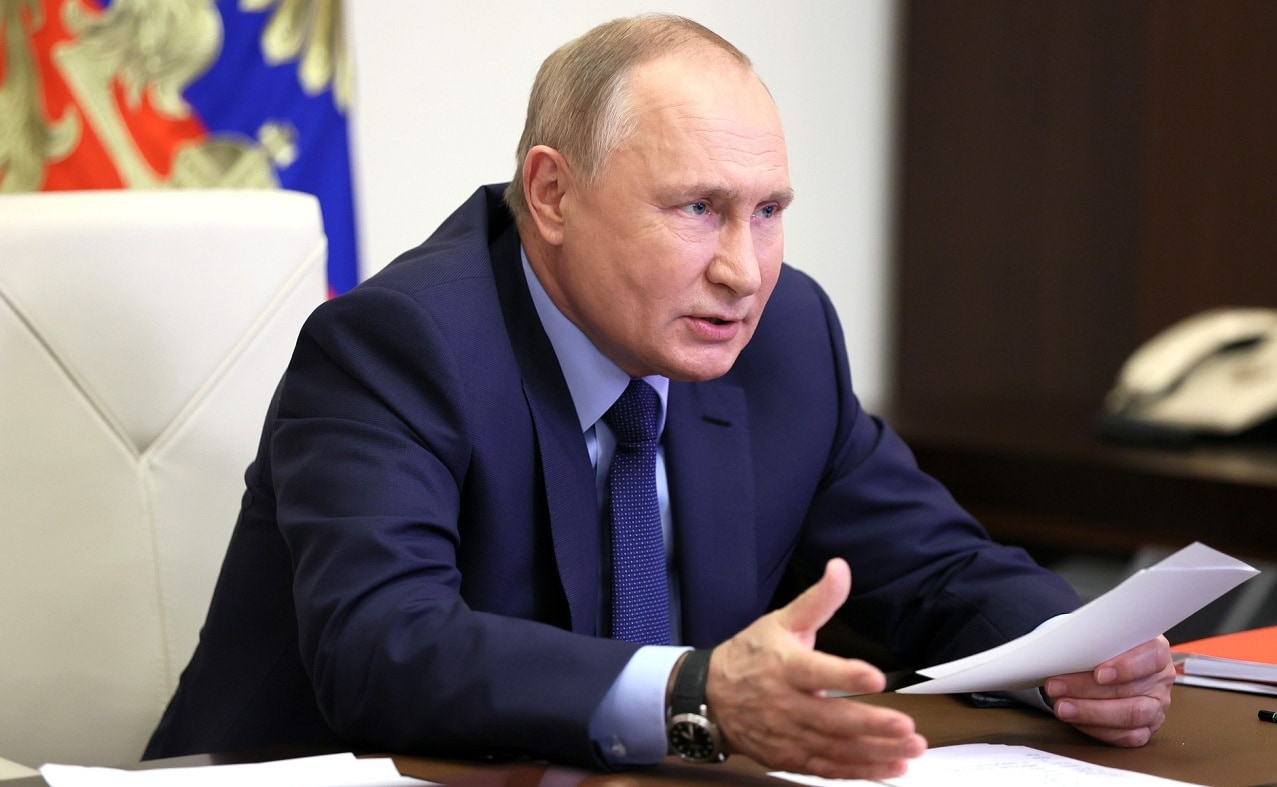In the latest chapter of Europe’s struggle to extricate itself from its dependence on Russian gas exports, gas flows through the Nord Stream 1 pipeline have been cut by the pipeline’s Russian state-owned operator Gazprom significantly. Although it appeared that progress had been made in addressing squalls between European gas customers and Gazprom earlier in July, gas flows through the pipeline were reduced to 1/5 of its capacity on July 27.
Earlier Disputes between Gazprom and Europe
In a letter dated on July 14, Gazprom declared force majeure on its contractual gas supplies to Europe, invoking a legal escape hatch that releases parties of a contract from their obligations as a result of an unavoidable or unmitigable circumstance or phenomenon. The letter retroactively declared force majeure over its gas exports in the previous month period and presented no future end date to the status. European energy company customers of Gazprom, such as the German energy company Uniper, rejected Russia’s force majeure declaration as unjustified. The decision was also scrutinized by European gas experts, who speculated that the move might have instead been intended to shield Gazprom from liability after possibly being ordered to reduce gas flows by the Kremlin as part of a wider attempt by Moscow to outmaneuver the European Union, which had sworn in May to swap out 2/3rds of its imports of Russian gas by the end of 2022. An agreement reached on July 18 between the bloc and Azerbaijan to double Baku’s exports of gas to the EU over the next five years is one element of that.
A significant element of Russian force majeure claims were complaints that an important turbine from the Nord Stream 1 pipeline that was being repaired in Canada had not been returned as agreed. Nord Stream 1 is a pipeline majority-owned by Russia’s Gazprom which travels between the Russian city of Vyborg and the German town of Lubmin on the Baltic Sea, where its gas is carried on to customers deeper in Europe. The pipeline had been closed for routine maintenance on July 11 which officially ended on July 21. Russia claimed Canada’s previous refusal to return a repaired turbine to Russia for use in the Nord Stream 1 pipeline was a major factor in its decision then to cut deliveries. Russian media later reported on July 17 that the turbine would be returned.
The Gas Saga Continues?
Despite the previous appearance of resolution following Russia’s restart of the Nord Stream 1 pipeline following its repairs, Russia made the decision to further decrease gas exports to Europe through the Nord Stream 1 pipeline. On July 26, members of the European Union voluntarily agreed to cut their gas consumption by 15% between August and March of next year to blunt the effects of any disruptions to gas flows from Russia. The German government and Siemens Energy, which is tasked with maintaining Nord Stream 1 turbines, said that Russia’s stated reason for reducing pipeline gas flows to 20% of capacity on July 27 had no connection with any technical rationale. While Gazprom alleged that it had not received necessary paperwork to transport the turbine in question to its pumping station in Russia, Siemens Energy stated that it had in fact produced the necessary German paperwork to facilitate the transfer, and that the only holdup was on the Russian side.
Former German Chancellor Gerhard Schroeder, who serves as Chairman of Gazprom’s Shareholders’ Committee and was a strong advocate for energy ties with Russia during and after his chancellorship, has reportedly traveled to Moscow amidst the shutoff. While the Kremlin has expressed openness to meeting him, it remains unknown if Schroeder intends to play a mediatory role or if he is even authorized to do so by the German or Russian governments.
The Nord Stream 1 pipeline accounts for around a third of European gas imports from Russia, and Russian disruptions to the flow will undoubtedly prove disruptive, even if the cuts to gas flows only continue for a short period. At any rate, it appears that any celebration of Russia’s July 21 restart of Nord stream 1 gas flows was premature. Russia could be trying to complicate European efforts to reduce the reliance of member states on Russian gas while its leverage is still substantial. Since Russia is likely banking on Western pain tolerance or interest in the Ukraine conflict diminishing over time, particularly in the winter months when gas prices will rise and supplies will be lower than needed, this latest spat over Nord Stream 1 deliveries can be seen as an element of a wider skirmish between Russia and the European Union over the bloc’s continued support for Ukraine.
Wesley Culp is a Research Fellow at the Center for the Study of the Presidency and Congress. He regularly writes on Russian and Eurasian leadership and national security topics and has been published in The Hill as well as in the Diplomatic Courier. He can be found on Twitter @WesleyJCulp.

